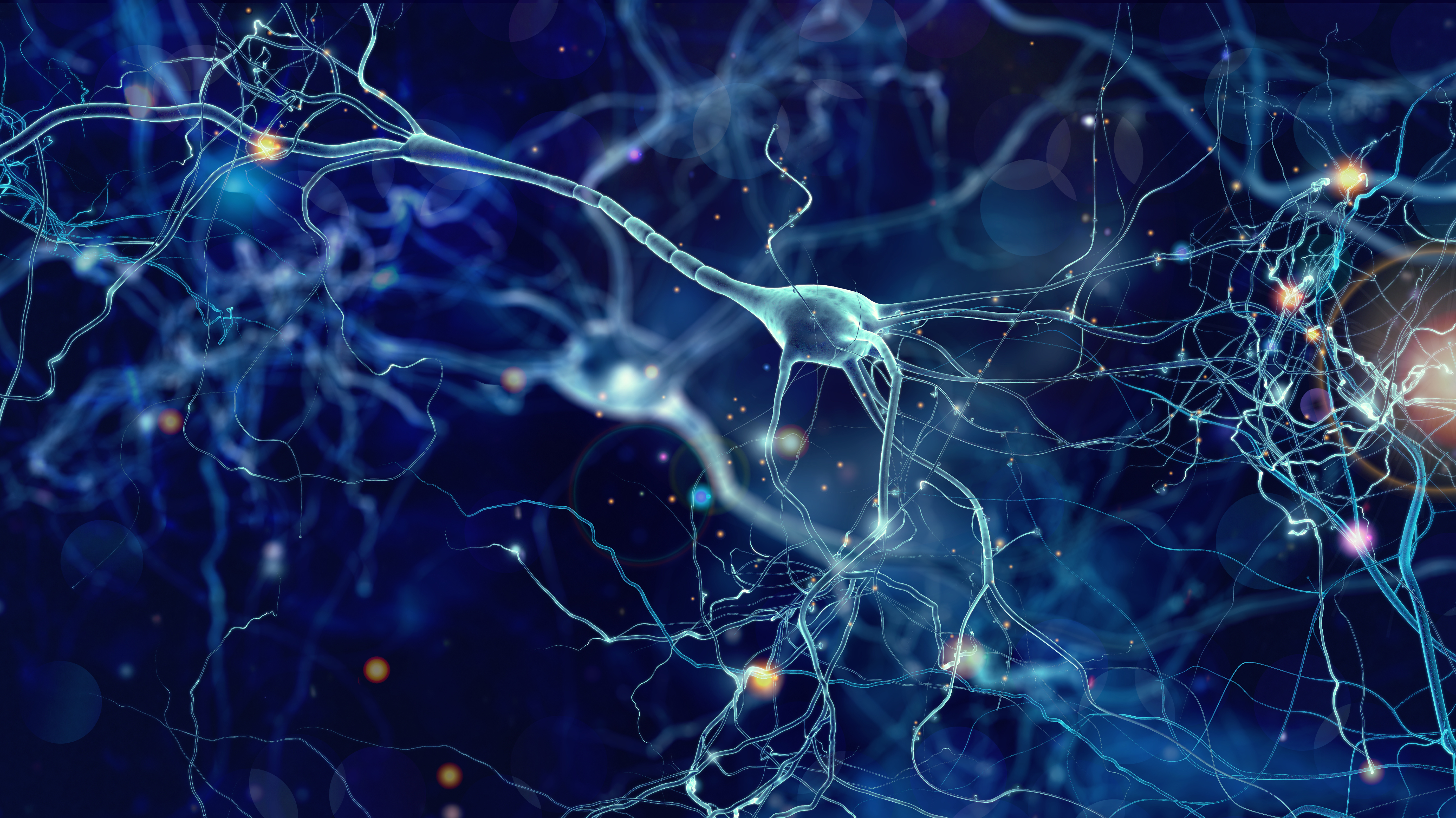
Achieving a smooth and rapid emergence from general anesthesia is a primary goal in all surgical cases. Previously, it was assumed that induction and emergence were mirror processes. However, recent findings suggest that the situation is much more complex. For example, different neural circuits govern each process, resulting in an asymmetry – or, hysteresis – in the anesthetic concentration required for induction versus emergence. More precisely, the anesthetic concentration at which consciousness is lost is higher than the anesthetic concentration at which consciousness is regained.
Hysteresis is a property of dynamic systems in which the output is dependent not only on the input, but also on the past input (i.e. path dependency). This results in lagging (where changes in output lag behind changes in input) and rate dependence (where the input-output relationship depends on the value of the input) (1). As an example from physics, the phase transition of water is an asymmetrical process, resulting in different temperatures for melting and freezing points. Of more relevance to anesthesiologists, hysteresis is apparent in anesthetic dose-response loops (2). By generating dose-response data from insects and mammals, for example, Friedman et al showed that the forward and reverse paths through which anesthetic-induced unconsciousness arises and dissipates are not identical, i.e. hysteretic (3).
A related phenomenon is neural inertia, proposed by Dr. Max Kelz as a biologically conserved process through which neural circuits resist behavioral state transitions, such as from consciousness to unconsciousness (3). In the context of anesthesia, the area under an anesthetic dose-response loop is a mathematical representation of neural inertia (4). Based on an analysis of such dose-response loops, Friedman et al also showed that hysteresis and, consequently, neural inertia are subject to genetic and pharmacological manipulation. For example, dopamine β- hydroxylase knockout animals demonstrated increased sensitivity to induction, with a disproportionate delay in emergence, indicating a significant increase in neural inertia (3). Based on results from several loss-of-function experiments, Joiner et al further proposed that neural feedback loops account for neural inertia (5). In this model, a bistable switch is hypothesized to regulate the transition between wakefulness to natural sleep, as well as between consciousness and anesthetic-induced unconsciousness (6).
An emerging field, chaos theory, attempts to quantify the depth of anesthesia based on nonlinear dynamics. In nature, there are many examples of nonlinear processes, such as the spread of epidemics, the propagation of flames, and the shifting of sand dunes (7). The brain itself performs computations in both linear and nonlinear fashions. More interestingly, Eaglman et al showed that, relative to standard spectral measures, nonlinear dynamics analyses of EEG signals better predicted states of consciousness in patients anesthetized with propofol (8). Therefore, the transition between consciousness and unconscious may involve nonlinear phenomena, in addition to being hysteretic.
The concept of neural inertia provides some insight into the mechanisms of drug-induced unconsciousness and anesthetic emergence, particularly by shedding light on the path dependency of such behavioral state transitions. More importantly, neural inertia may underlie anesthesia related complications, such as delayed emergence and intraoperative awareness. For example, researchers hypothesize that increased neural inertia accounts for the delayed emergence observed after intracranial surgery under general anesthesia. Similarly, decreased neural inertia – due to polymorphisms affecting neural circuits regulating neural inertia – may explain why some people are at a higher risk for awareness under general anesthesia (9).
In summation, neural inertia creates resistance to the behavioral state transition between consciousness and unconsciousness. Because distinct neurochemical systems regulate each process, there is an asymmetry, or hysteresis, in the anesthetic concentration required for induction versus emergence (4). Furthermore, the drug-induced transition from consciousness to unconsciousness may involve nonlinear processes, based on recent mathematical models of EEG activity. An improved understanding of neural inertia and its clinical implications may allow anesthesiologists to tailor their techniques and drugs to individual phenotypes (4). In turn, anesthesiologists can minimize morbidities (e.g. delayed emergence, intraoperative awareness, postoperative confusion, and delirium) that contribute to stress disorders, prolonged hospital stays, and high healthcare costs (4).
References
1) Morris KA. What is Hysteresis? Appl Mech Rev. 2011;64:050801–14.
2) Escolar JD, Escolar A. Lung hysteresis: a morphological view. Histol Histopathol. 2004;19:159–66.
3) Friedman EB, Sun Y, Moore JT, et al. A conserved behavioral state barrier impedes transitions between anesthetic-induced unconsciousness and wakefulness: evidence for neural inertia. PLoS One. 2010;5:e11903.
4) Tarnal V, Vlisides PE, Mashour GA. The Neurobiology of Anesthetic Emergence. J Neurosurg Anesthesiol. 2016;28(3):250–255.
5) Joiner WJ, Friedman EB, Hung HT, et al. Genetic and anatomical basis of the barrier separating wakefulness and anesthetic-induced unresponsiveness. PLoS Genet. 2013;9:e1003605.
6) Saper CB, Scammell TE, Lu J. Hypothalamic regulation of sleep and circadian rhythms. Nature. 2005;437:1257–63.
7) Stam CJJ. Nonlinear dynamical analysis of EEG and MEG: Review of an emerging field. Clin Neurophysiol. 2005;116(10):2266–301.
8) Eagleman SL, Chander D, Reynolds C, Ouellette NT, MacIver MB. Nonlinear dynamics captures brain states at different levels of consciousness in patients anesthetized with propofol. PLoS One. 2019;14(10):e0223921.
9) Aranake A, Gradwohl S, Ben-Abdallah A, et al. Increased risk of intraoperative awareness in patients with a history of awareness. Anesthesiology. 2013;119:1275–83.

